We all have the basic listing by play type, situation, and field position; one thing that has become very helpful is a more specfic, organized way to think through the problems (and opportunities) the defense is confronting us with. Below is a snippet of one section of our call sheet, featuring some scenarios vs our basic RT/LT (3x1) sets:
|
We've all heard it before: "Think PLAYERS, not plays." However, many get over-involved in the schematics of attacking scheme that some very rudimentary things get left out. As a result, things become more complicated than they need to be. If you have a complete passing system that features ways to attack (described here), you don't need a ridiculous looking call sheet: All kidding aside, I'm sure there's a method to the madness; I just know I could not function with that much "stuff" to look at. While every offseason is spent on the "tweaks" in the system, nothing is as time-consuming as the way I'd like my call sheet to be organized. We all have the basic listing by play type, situation, and field position; one thing that has become very helpful is a more specfic, organized way to think through the problems (and opportunities) the defense is confronting us with. Below is a snippet of one section of our call sheet, featuring some scenarios vs our basic RT/LT (3x1) sets: In the top left corner of the section, for example, we have some base calls to go to when we anticipate our single receiver can defeat his single defender. The numbers (76 and 61) represent the wristband numbers to call on the left and right hash marks respectively. Here, we anticipate a strong roll vs bunch, combined with the frontside safety (F) cross-keying #3 on his vertical route. Thus, if the Z can cross the corner's face, there is a potential for an explosive play; if he doesn't, the drag route has plenty of room to work the W. Conversely, we also prepare for when the matchup favors the defense. Under the heading "SHUTDOWN ON SINGLE", we have base plays prepared to counter this. Below, with the corner over X being the shutdown corner, the defense plays a popular matchup concept: the backside safety (B), middle linebacker (M), and strong linebacker (S) play a triangle over Y and A, with the frontside safety (from the QB read perspective) pushing to the 3 receiver side. We can therefore gain an edge with the W manned up on our B-back, with Y coming in behind: The above represents just a small sample of basic plays in this system that can be categorized in several different strategic or tactical situations. Many of us have come away from a game having left a "must call" from preparation on the call sheet; the important thing is having the informatio organized in such a way that the play caller can access what he needs under the duress of a close ballgame.
0 Comments
Things are hectic, as Part 3 of the iBook Series is days away from being available. I have gotten a ton of email and messages with questions, and wanted to take the time to address. I really do try to reply in a timely manner, but sometimes schedules and deadlines prevent me from doing so. So - here are a few teaching clips that will help answer some questions. Most of them are directly from our QB Manual... BURST video: As you can tell from the clips, these ideas have been in place for a while. The important thing is that the coaching points and techniques remain the same, despite different play terminology. "Scanning into IN routes": One of the things I truly love about having technology constantly at our fingertips is the ability to constantly learn (and teach) football ideas. I am completing one of several projects related to football; the one with the most over-arching relevance is what I am calling my "Hit Lists": Used as a game planning, QB teaching, or even professional development tool, these lists cover 5 major coverage categories and provide the user with a "ready reference" on attacking a given defense. Each coverage will have between 30-40 ideas, and each idea is accompanied by a coaching clip (complete with telestration) highlighting a specific principle. This is much more detailed than saying "4 verts vs. Cover 3"; the guide takes you into the drop angle of specific defenders and in some cases, give outlines in altering the defense's call to get the desired response. Projects like this highlight my study of the defenses my coaches will likely see in the upcoming season. The coach is then equipped with a ready-reference catalog to use during game planning or offseason preparation. More importantly, it does not lock in a coach's creativity; rather, it serves as means to unlock new ideas.
Registration can be found HERE.
It will be the first of several slated for this spring; the series will cover many of the topics and material discussed here...AND MORE. I really hate that the topic of conversation about the Patriots is the ball inflation scandal rather than the relentless assault on defensive structures. As the game unfolded, I was extremely impressed that EVERY PLAY was designed to dissect the Colts' defense; I am surely looking forward to ways in which they will attack the coverage tendencies of the Seattle secondary. While the football fan is focused on eligible linemen and the like, I am concentrated on the manner in which the coverage and front structures of a defense are stretched beyond repair. In order to do so, the quarterback must be able to attack when the opportunity presents itself. Because of this, it is integral that the QB MANUAL is more than just a drill book -- IT SHOULD BE A GUIDE TO EXECUTING THE OFFENSE. It should have explanation, diagrams, animated presentations, and video. Here is a small excerpt from my QB MANUAL: Not only must the QB be in tune, but the entire coaching staff as well. That's the reason for developing "HIT LISTS" as a game planning tool. These "HIT LISTS" go even further than the Attacking Coverage section of my QB manual, because focuses the minds of the coaching staff on formations and matchups, and thought processes, as well as pattern and coverage structures: The upcoming Webinars will go hand in hand with the subject matter of the two iBooks that are out, and will also serve as a springboard for the next two, which will cover Teaching and Game Planning.
For many coaches, there is no "OFF SEASON" -- conditioning and strength programs are in full swing, and many programs will implement QB School before team-wide football activities will take place. Along those lines, I thought I would list a few bullet points: Feeding a great player - having a specialized section in the game plan is nothing new; one thing I feel is important is that these methods should blend with the regular flow of the offense. In other words, re structuring an entire system just to feature a single player is not the most efficient way to teach for the program's sake. Obviously, if one were lucky enough to have a once-in-a-lifetime talent, one would want to take advantage of that. However, a player can be GREAT for your level without being an NFL prospect. Below, a simple variation to free up a great run after the catch RB is shown with a complete pattern that is a staple of the offense. Taking the same example of passing game match-ups with the back, we can augment the backside of STICK, taking advantage of W on an island: Formationing to create stress on the defense - this is potentially the least expensive way to maximize your offensive attack. Two things that need to be addressed are: - The method for calling plays. If the method for play calling calls for players to know their place in the formation relative to the ball (ex. inside, middle, outside), and there is NOT a descriptive way to call them, this can create chaos. If the plan to take advantage of a great player is to move him around within the formation, the coach must consider the learning burden not only to the star player, but to the players that will be displaced as a result. The ability to move people within a given formation with minimal learning burden is yet another example of the benefits of our terminology structure. The above example isn't the only way to skin a cat; a client approached me this year of incorporating A.C.T.S. into their passing game. We were able to do so without changing ANY existing terminology for them. Whether using word or numbers -- how the core pieces of the passing game are taught remain the same, and kids are able to execute a multi-dimensional attack. - Creating new terminology to build new formations. I have always felt that streamlining the terms used can be of a great benefit. We have a terrific system of calling formations, that minimizes the memorization required at the same time. Keith Grabowsky has also shared some great ideas here. For now, here are the very simple alignment rules we use: The chart above carries across all personnel groupings, and really cuts down the verbiage used in calling formations, allowing for more description in other parts of the call, and allowing for the next bullet point... The use of TEMPO - much has been said on this topic, but I feel the need to clarify a few things. We're all aware of the flashy, video game number-producing, throw it all over the park offense that gets all the media attention. But the reality is that upper level college football is pretty much the only place where teams can play full throttle the entire game and NOT hurt the rest of the team. Either that, or a program like the one I see every Friday night (Allen High School has an enrollment of 6,000+). Even Chip Kelly adjusted last season as his numbers dictated that he do so. That being said, I think analysts often miss the purest advantages of being up tempo from a coach's perspective: - Accelerated player development. Being "up tempo" means devoting a practice philosophy to it (or at least - it should). Working at a faster pace in practice means developing younger players at a faster pace, as backups would get as many repetitions as the starter. In a high school setting, the ability to give the backup QB as many reps as the starter will pay dividends in both the immediate and long term future. - Allows for balance. Contrary to popular belief, I really am a proponent of balance. Even more important - I think an offense has to be able to dictate to the defense. The box count theory of running the ball is great, but the thing I have noticed is this: there is NO answer when you can run the ball right at a defense. The one problem with running it 30-40 times a game? It shortens the game too much, and can potentially let a team that is inferior STAY IN THE GAME. Being up tempo and wide open does not have to be synonymous with soft; below, we see that of the top 25 offenses in Division 1 last year, only 2 huddled on a regular basis. Furthermore, only 3 averaged less than 150 yards rushing per game. The ability to speed up and slow down the game help strike the critical balance between attacking mismatches and physically deconstructing a defense. - Allows for "Navigation Tags." Being able to guide the QB with specialized instruction is made possible when tempo is used as a weapon. I wrote a post about these tags here. - Shifting and Motion. Having played in a college offense that shifted and moved on every snap, I saw very early on in my career the potential for stressing a defense. If there was ever an opportunity to take advantage of shifting and motioning, a no huddle offense that varied its pace could take advantage. Being multiple, in addition to having the capacity to being up tempo, is invaluable in terms of creating stressors for the defense. In business terms, these methods can be thought of as the "delivery" side of the offense. Just as important is the production aspect -- the overall design. Prioritizing your passing game - not only is this pass offense built on its "bedrock" concepts, but it is based on universal individual routes as well. By teaching the primary components of the passing game to all position groups, there is an enormous amount of flexibility. One such route is a DRAG, with the drill illustration below: With every skill group able to execute these fundamental building blocks, we are able to use the DRAG in an array of presentations, giving the defense different problems to consider: Practicing what you preach - too often, we get away from developing a kid's strength, instead focusing on his weaknesses. At most levels of football, coaches cannot afford to do this. The best coaches I've known have maximized the potential of their players. For example, much is made of the pass-catching TE at the NFL level; while a kid may not be a Jimmy Graham, he could be and effective possession receiver, or even a solid seam threat vs. 3 deep. It becomes incumbent on the coach to dial up these match-ups, not as a means of appeasing the player, but as a means of accountability to the program -- the coach must be committed to what is best for the team. Sadly, I often see coaches who are not willing to be unselfish, yet ask players to do the very same.
Taking this a step further, from a team perspective, it is imperative to commit to the development of players. Development involves strategic planning on all levels of program and player development. My last two posts, here and here, address these processes. There is no doubt -- stability is the key to long term success; it is for this reason that a "system" needs to have all the answers, with as few "add-ons" as possible. The ability to adjust, while minimizing learning burden, can only be achieved with a methodical, well-planned apparatus for teaching. As a young coach, I was lucky enough to get exposure to Todd Dodge. It is no stretch to say that his teaching methods influenced an entire generation of coaches here in Texas. While football outsiders think of Dodge's innovations being the spread, no huddle offense in Texas high schools, the innovation that comes to my mind is Quarterback School. The offseason is about player development; before Dodge popularized QB School, very few people were spending the spring making quarterbacks better quarterbacks. I started having QB school in 2000, and while terminology may have changed, the effort in refining my teaching has not. Some quick points: - We were going to develop ALL the QBs in our system - We were going to isolate every aspect of the QB role, from Leadership Competencies to Reading Pass Defenses - We would challenge the QBs; they need to understand the demands of the job - We would empower the QBs. They would be allowed to test their limits on the practice field, so long as it was within the framework of their coaching. In preparation, some key things must be in place: - A complete system. When I speak of a system, I imply a method of teaching and communicating fundamentals and coordination of run and pass games. While different skill sets lead lead to highlighting different play calls, fundamentals should not change. - A glossary of terms. Communication is essential; if all coaches and and QBs are to be on the same page, they must be using the same words, not general ideas. Leave no room for interpretation. - An overall plan. We recently broke QB school into 40 sessions to be held throughout the spring. This allows for fundamentals, scheme definition, and installation before team installation for 7 on 7 or spring practice. Like practice, ever session should be organized. Here is an actual lesson plan from 2001: When we speak of ACCOUNTABILITY, this is a two way street. The coach is accountable to the player. As Coverage Categories, Protection Basics, and Pattern Mechanics are taught, they are done so within the context of giving the players the tools to be successful. As coaches, we must hold up our end of the deal. There is nothing worse than the player making the commitment to learn and get better, only to have the coach give up on the plan come crunch time. While the Spring is the time to experiment, these additions should be made within the context of the overall plan. There should also be an element of pressure involved. Playing the position is difficult, and there is a very real pressure to perform each and every game. Explain this. Be demanding because you care. Lastly, there should be an opportunity for self evaluation on the part of the player. Identify both strengths and weaknesses. Clarify what it will take to win in this league, and what the player is prepared to do in order to achieve this.
|
AuthorLiving in Allen, TX and using this outlet to not only stay close to the game I love, but to help pass on what I have learned from some of the game's great coaching minds. Categories
All
Archives
July 2021
|

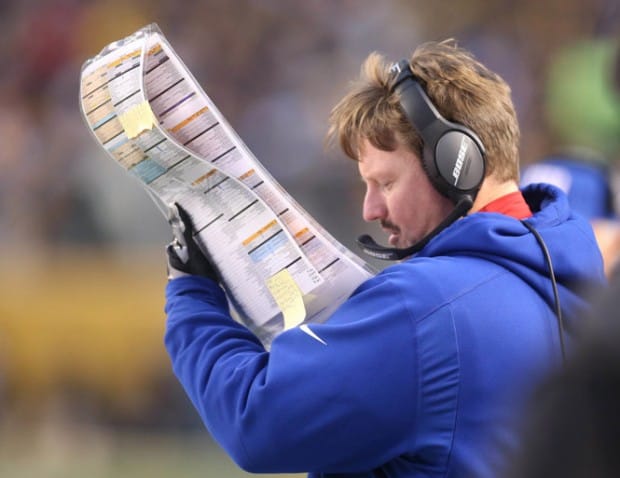
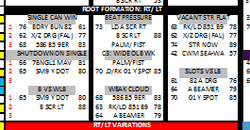
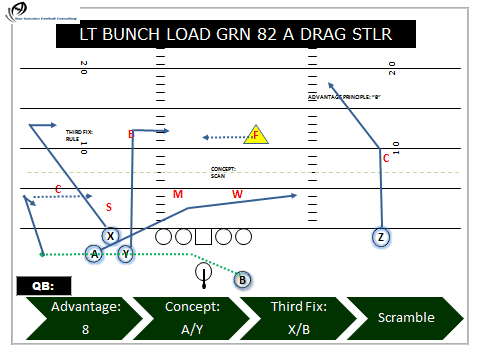
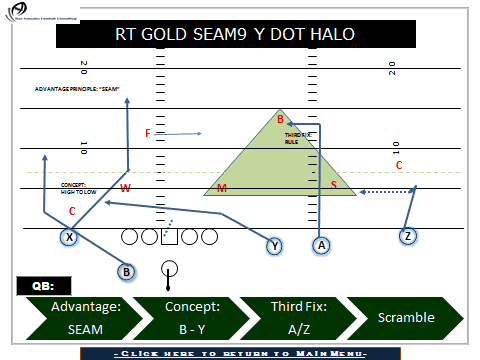
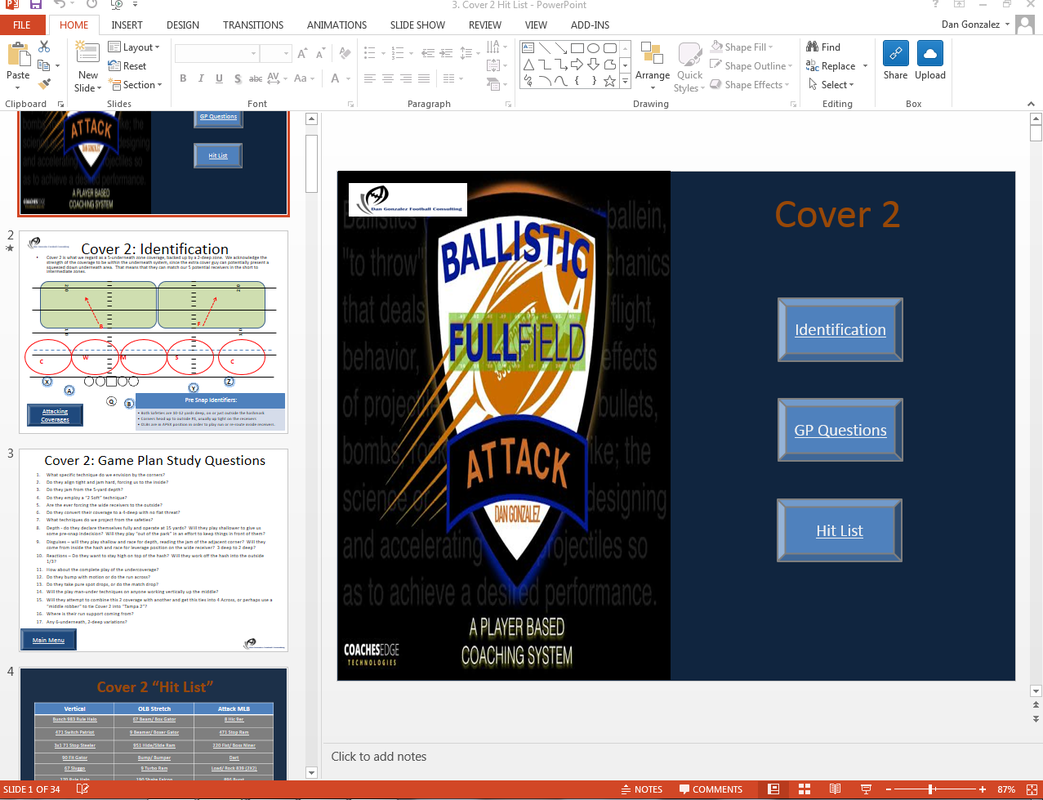
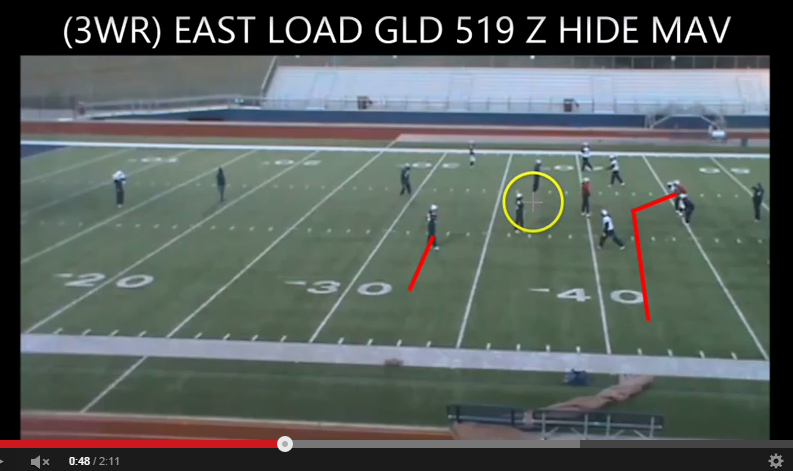
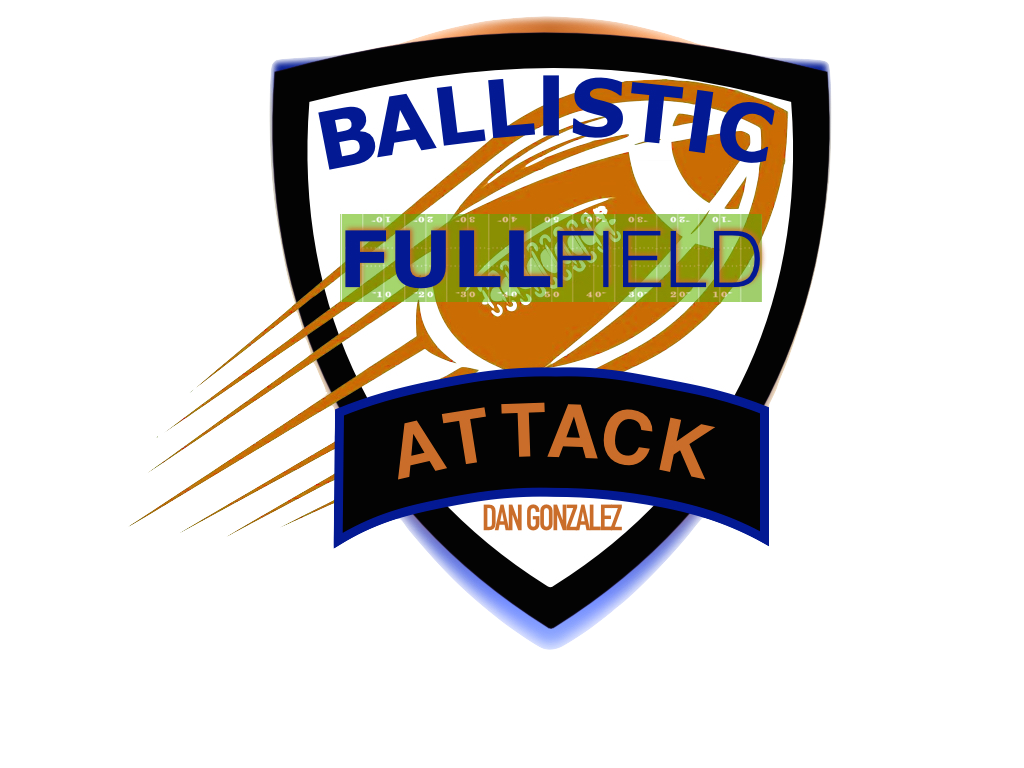
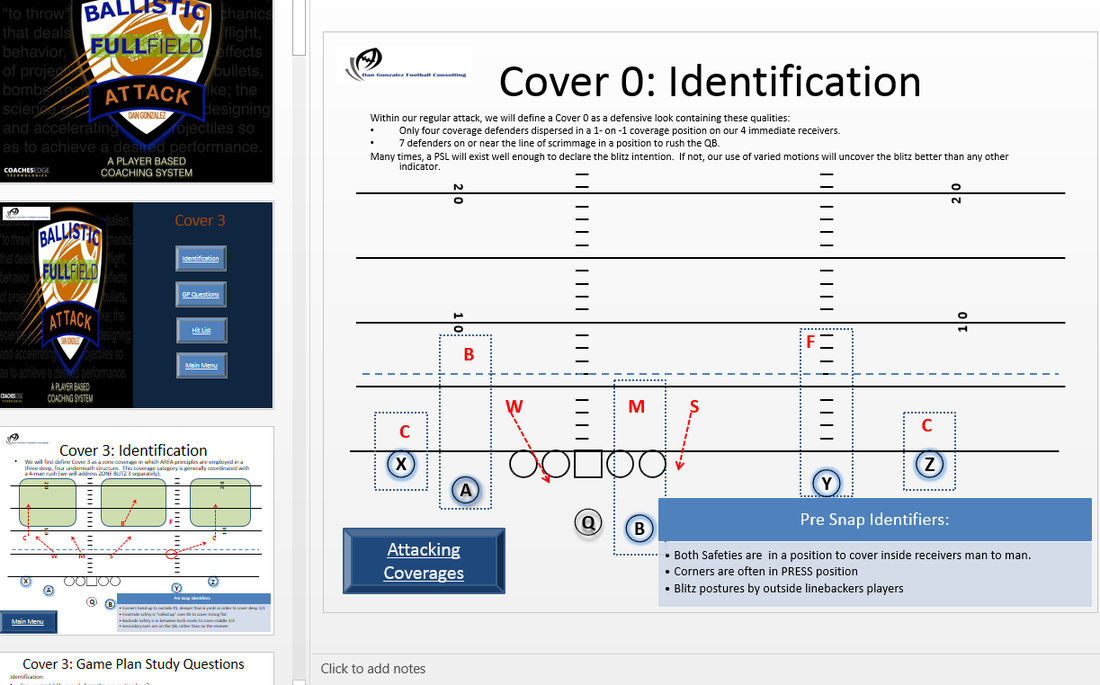
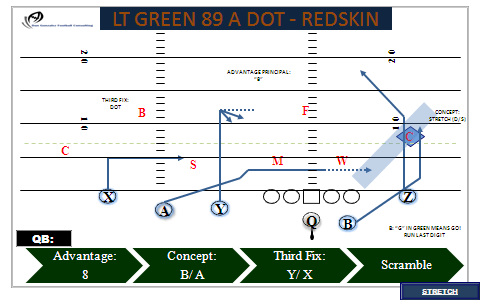
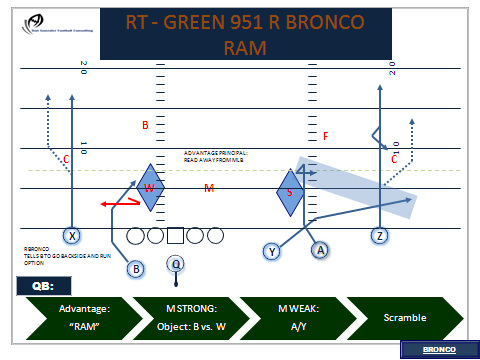
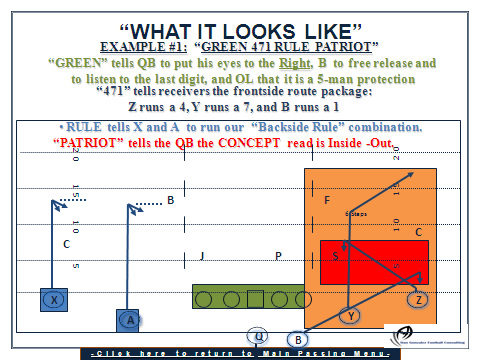
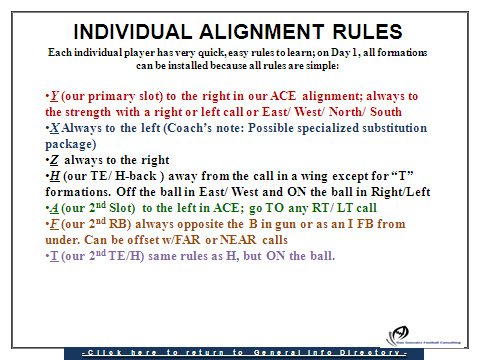
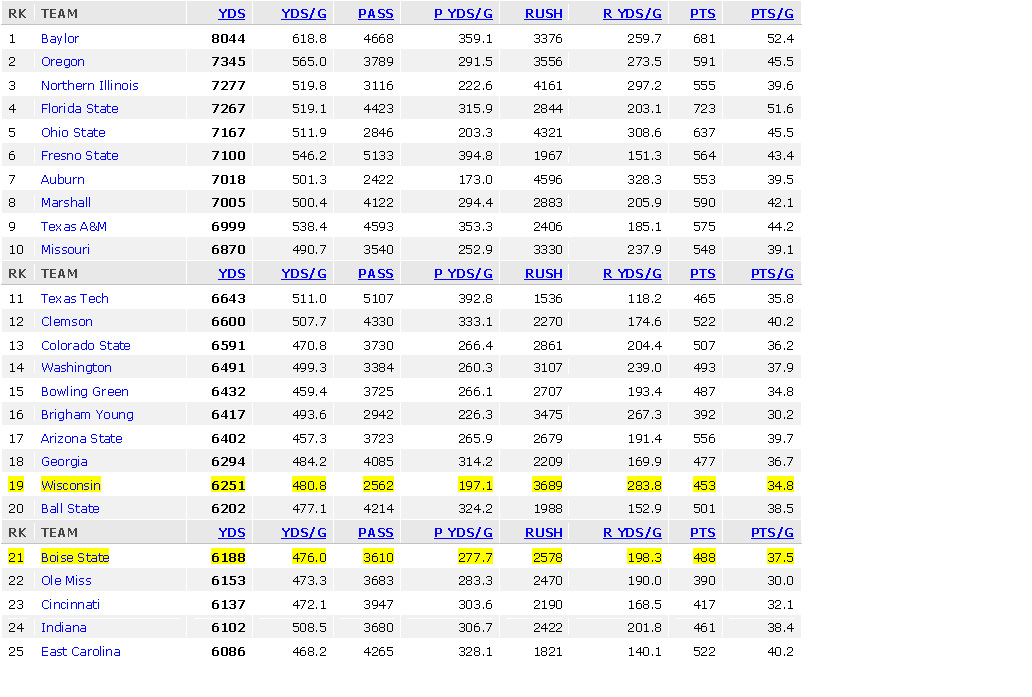
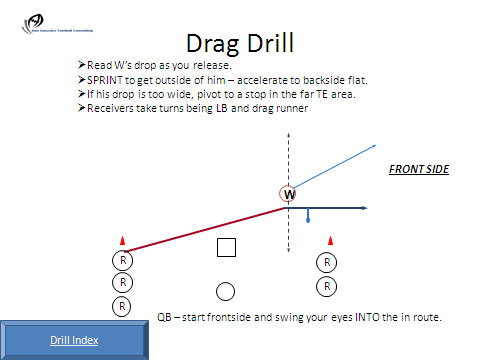
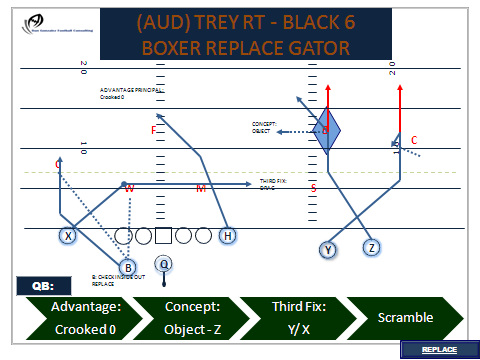
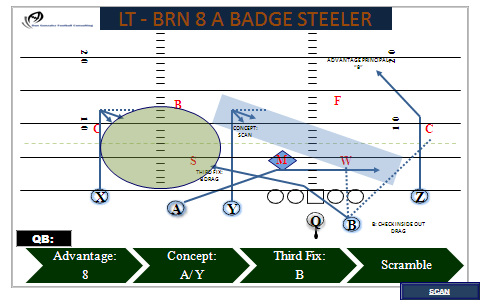


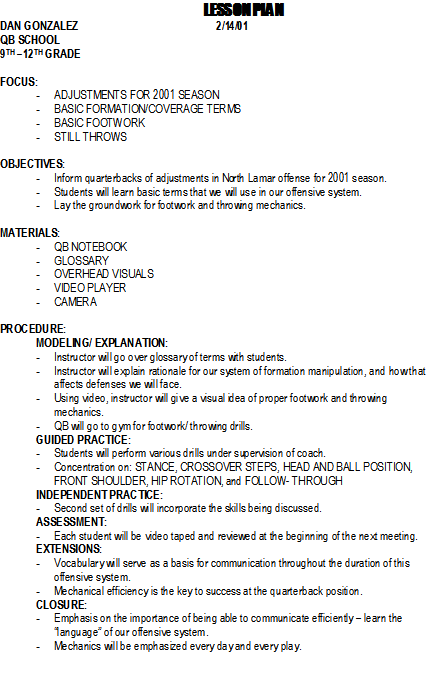
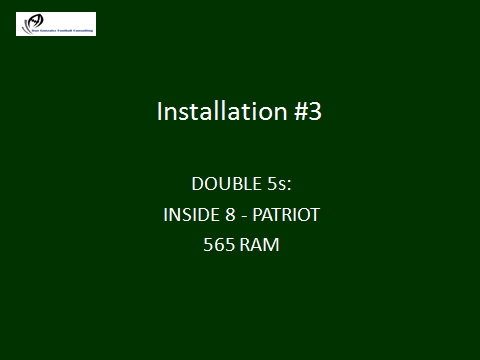

 RSS Feed
RSS Feed
